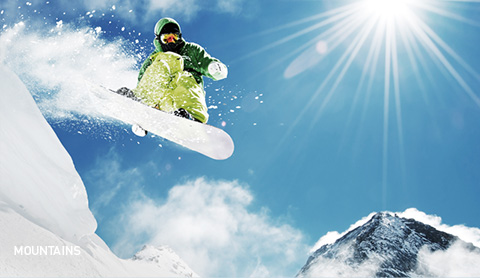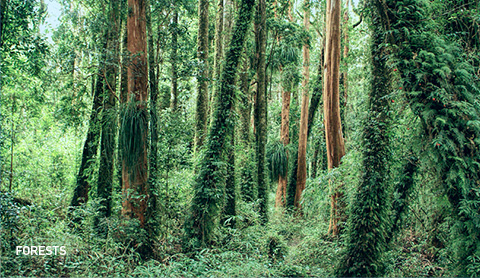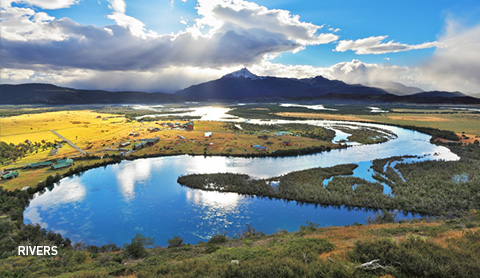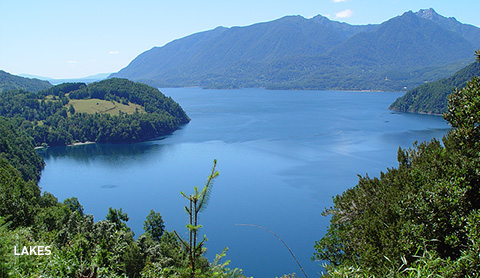
por admin | Mar 30, 2016 |
Valleys. From north to south, throughout the 2,653 mile extension (756 770 km² surface area), the Chilean Central Valley lies between the Coastal range («Cordillera de la Costa») and the Andes Mountains. Terrain and climate characteristics vary depending on the...

por admin | Mar 30, 2016 |
Mountain. The Andes is the longest mountain range in the world and boasts some of the highest peaks. The range is also known for its volcanoes, ruins of long-ago civilizations, millenary glacier fields and top ranked ski resorts. Along the coastline runs another...

por admin | Mar 30, 2016 |
Forest. Twenty-two percent of Chile is covered by forests (16,231,000 ha) composed principally of endemic species which are concentrated in mountainous regions. The natural forests have been classified in 12 forest types according to the predominant species and their...

por admin | Mar 30, 2016 |
Rivers. The rivers that descend from the Andes rush over volcanic rocks, forming numerous white-water sections and waterfalls. Rivers drain to the Pacific Ocean flowing in an East to West direction. Their waters mainly flow from Andean snowmelt in the summer and...

por admin | Mar 30, 2016 |
Lakes. Although many lakes can be found in the Andean and coastal regions of central Chile, the south (Sur de Chile) is definitely the country’s most lacustrine area. Southern Chile stretches from below the Bío-Bío River at about 37° south latitude to Chacao...






Comentarios recientes